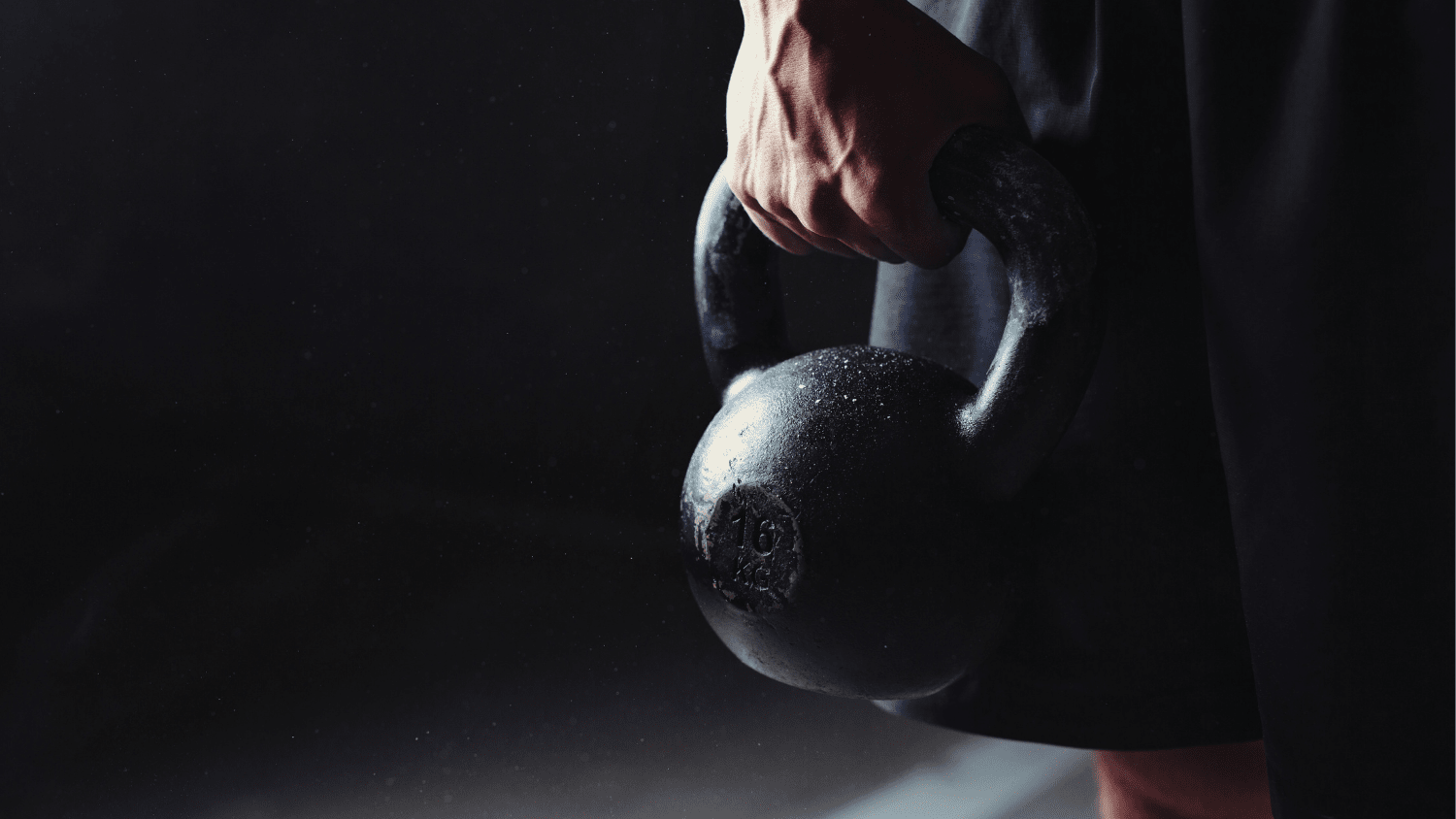Developing grip strength is important in a weight training program, especially if you are a strength athlete, such as a powerlifter, weightlifter, or strongman. Nevertheless, developing grip strength is valuable to those not participating in contests of strength; you may be trying to condition your grip for adventure sports like rock climbing, rehabilitate an injured hand(s), or reverse the effects of aging and the pain of repetitive strains. Four fingers and an opposable thumb are quite remarkable; don’t take your hands for granted!
Strength athletes have specific grip concern for their sports, such as the necessity of a vise-like hold on a conventional diameter bar set into the palm during the deadlift portion of a powerlifting or push-pull meet. Strongmen might be expected to sustain their grip on 800 pounds if they encounter an event such as a deadlift-and-hold. The tendency of big weight to uncurl the fingers or peel the fist is tremendous.
Weak hands hold back lifters and using straps that help in shrugging, pulling, and rowing typically makes hands dependent on this aid and, thus, weaker in the long run. Adding grip exercises into a weight training program isn’t that difficult and it’s easy to improvise when special grip strength equipment is unavailable. Grip training will strengthen, ensure flexibility, and improve dexterity in the hands.
There are 4 different types of grip beyond just making a fist. There are the following distinct grips:
Crushing/vise grip
A closed handgrip taken on objects that can fit in the palm of the hand and be mostly or fully enclosed by all the fingers. A crush grip allows us to easily exert a lot of force, securely holding or hanging onto things for the longest time. This is the grip used on most bars in the weight room.
Semi-crushing/hook grip
An open hand grip where the fingers can’t come quite as close to making a clenched fist. This grip involves the thumb. Think of a blacksmith grabbing an anvil by the horn.
Pinch grip
Can be a closed or an open hand grip as it may be precise or it may be even more open than the semi-crushing grip. The thumb is vital in the pinch grip. Think of holding a sheet of paper by your fingertips or palming a basketball.
Hook grip
An open hand grip where the thumb is excluded. Think of a climber hanging from a ledge where perhaps only the tips of the fingers are able to bend.
Extension grip
Of course, fingers and thumbs not only close but open. The opening and spreading is known as extension. Training extension must be done to balance hand development.
Workouts for different grips
Commonly available items and activities can be incorporated into a weight training program to affect positive changes in both grip strength and hand fitness.
All the rules and principles of training – like warming up, sets and repetitions, progression, intensity, resting, and so on – one might associate with training other body parts apply to training the hands too. Using these exercises will develop your grip strength and improve performance in other grip-affected areas of your weight training program and everyday hand function.

Leave a Reply